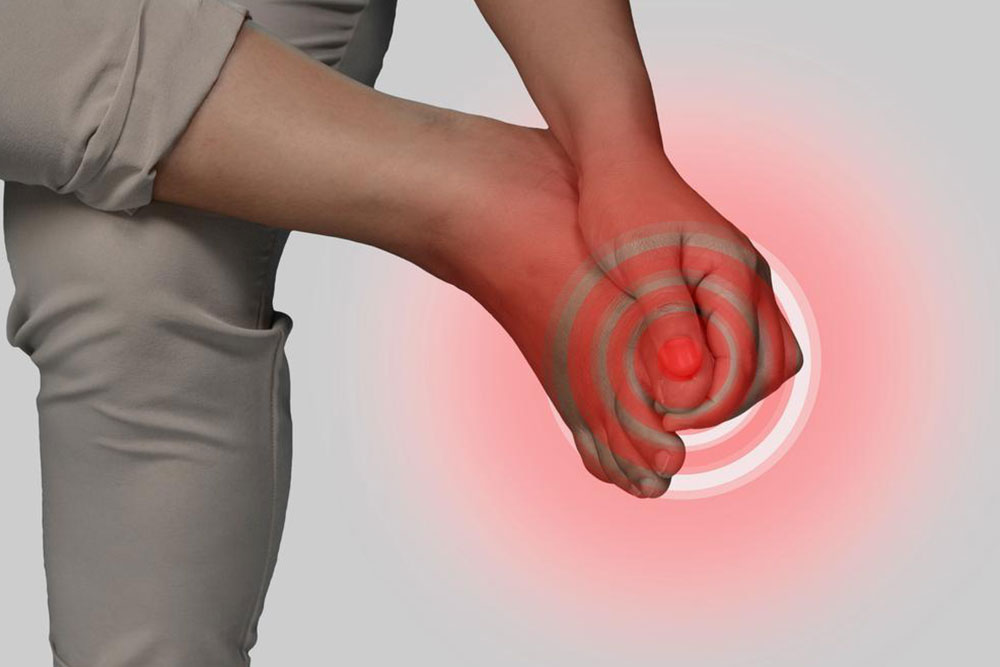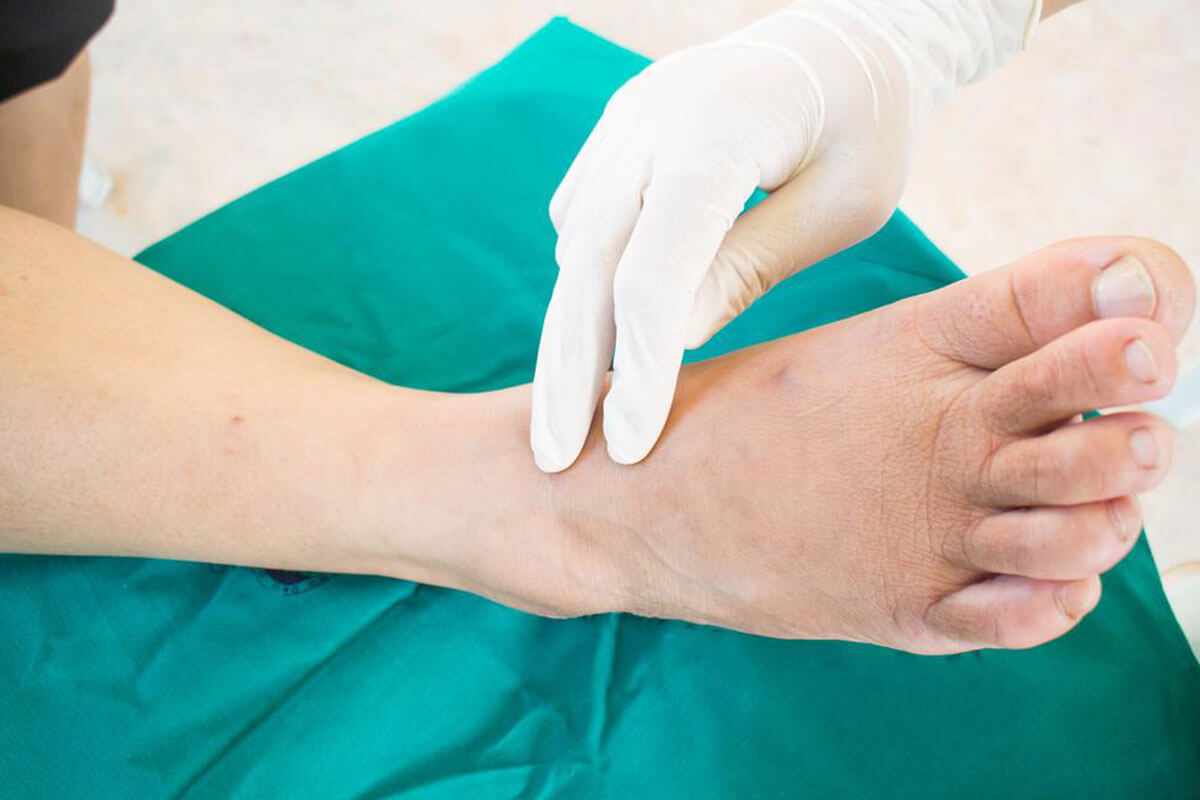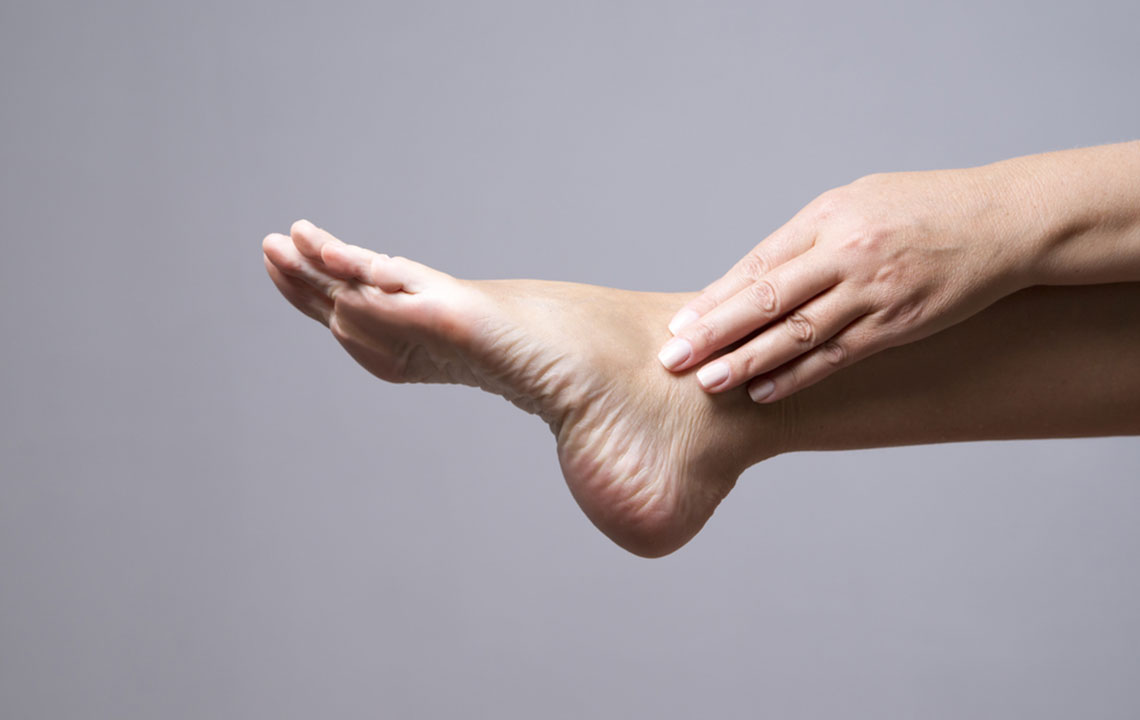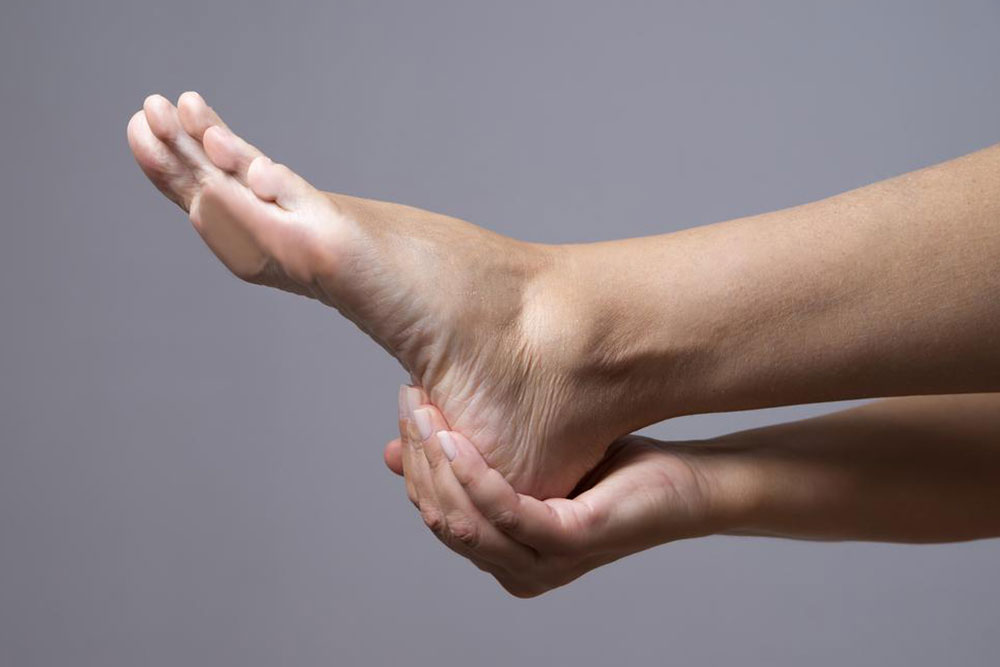Understanding and Managing Ingrown Toenails
Learn about the causes, symptoms, and effective treatments for ingrown toenails. Proper foot care, appropriate trimming, and wearing comfortable shoes can prevent this common issue. Seek medical help if necessary to avoid complications and ensure foot health.

Ingrown toenails may cause discomfort, especially when wearing tight footwear. This condition occurs when the nail of a toe, typically the big toe, grows into the surrounding skin, leading to pain and potential infection. Ignoring symptoms can result in serious skin damage. Proper foot care and timely treatment are essential to prevent complications.
Common causes include improper nail trimming—cutting nails too short or rounding the edges—and wearing tight shoes or socks that exert pressure on the toes. Foot injuries and hereditary factors can also contribute. Fungal infections are another possible cause.
To treat ingrown toenails, soaking feet in warm salt water for 10-15 minutes can soften the nail. Gently lifting the ingrown part and placing a small cotton pad beneath it can prevent further ingrowth. Maintaining hygiene, keeping feet dry, and applying antibiotic ointments help prevent infection. Seek medical advice if soreness or swelling persists. Consistent foot care and wearing properly fitting footwear are key in preventing this condition.
Consult a podiatrist for persistent or severe cases to avoid complications, and avoid attempting aggressive home treatment. Early intervention ensures comfort and foot health.










